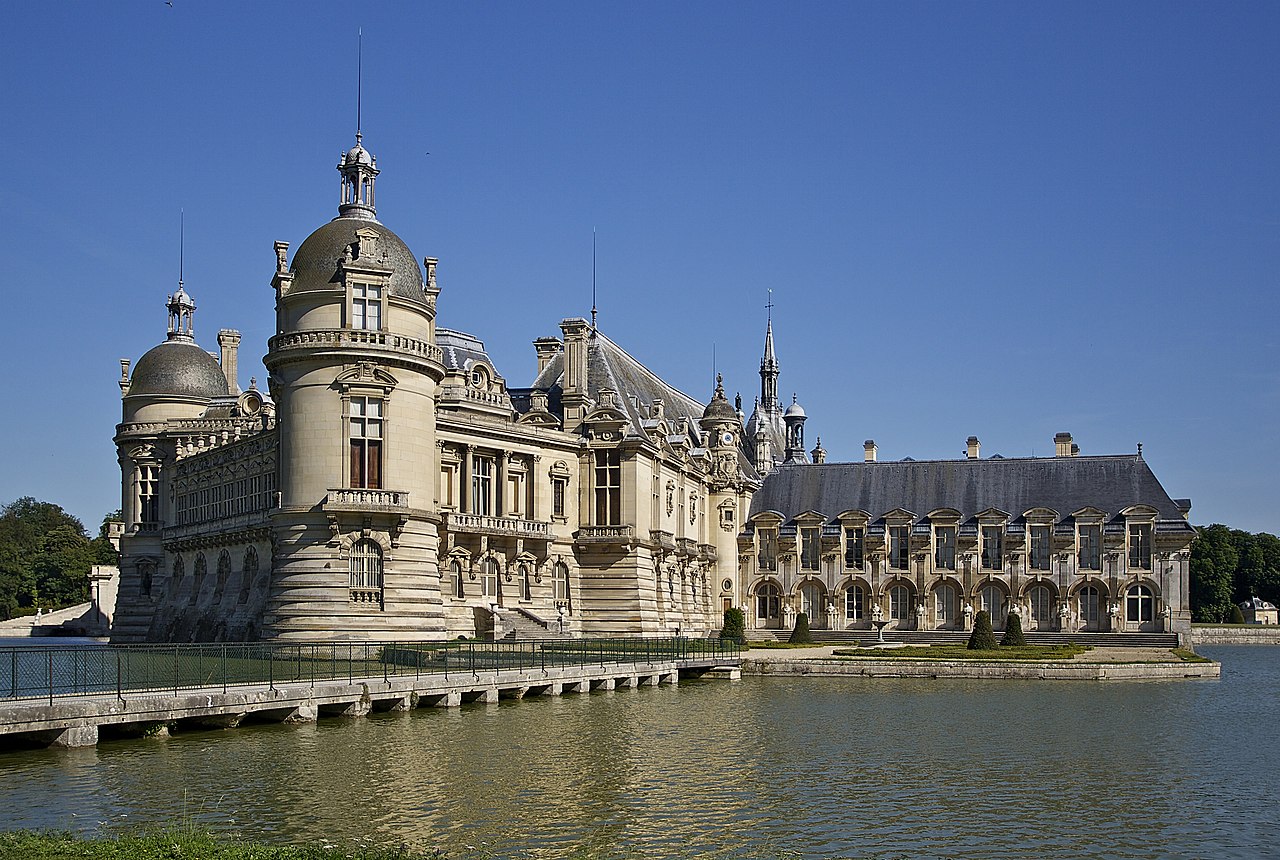The best of France isn’t just about landmarks, it’s about how the country makes you feel. From the rhythm of Parisian cafés to the stillness of a mountaintop in the Alps, France is a country of contrasts that all manage to feel completely connected. If you’re wondering what to do, where to start, or how to experience France in a way that goes beyond the guidebooks, this page is for you.
France isn’t only about ticking off sights. It’s about the scent of lavender in summer, the sound of church bells in a quiet hill town, and that unspoken pride locals take in their food, their history, and their way of life. Whether it’s your first visit or your tenth, there’s always more to discover and more to feel.
In this guide, we’ve pulled together the top experiences across the country: not just the famous ones, but the ones that stick with you. Each listing comes with practical info, local insight, and those little tips that make the difference between “tourist” and “traveler.”
Want to skip the crowds? We’ll show you when to go. Want to eat where locals eat? You’ll find that here, too.
Whether you’re planning a romantic escape, a family road trip, or a culture-packed week, this is your starting point. The best of France is waiting and it’s more personal, more delicious, and more surprising than you might expect.
1. Watching Paris Wake Up from Montmartre
Montmartre may be famous, but seeing it in the early morning, before the shops open and the crowds arrive is an entirely different experience. Climb the hill just after sunrise and watch the city stretch itself awake. The light spills across the rooftops, the bakeries start to smell like heaven, and the artists in Place du Tertre begin to set up with quiet energy.
- Location: Paris, 18th arrondissement
- Admission Fee: Free
- Opening Hours: Always open
- Best for: Culture seekers, romantics, photographers
- Insider Tips:
- Skip the funicular. Take the Rue Lepic stairs to feel the rhythm of the neighborhood.
- Grab a warm croissant at Le Grenier à Pain on Rue des Abbesses: award-winning, no fuss.
- Want a real local vibe? Walk behind Sacré-Cœur to Rue de l’Abreuvoir for that postcard-perfect curve with fewer tourists.
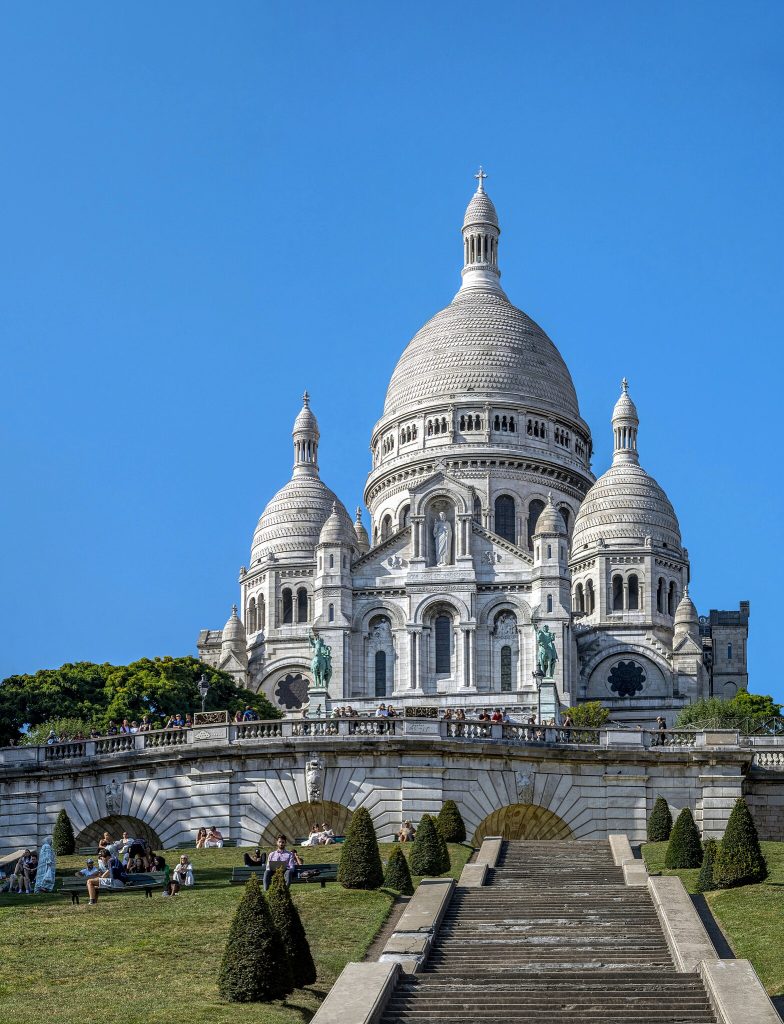
© Terragio67, licensed under the Creative Commons Attribution-Share Alike 4.0 International license
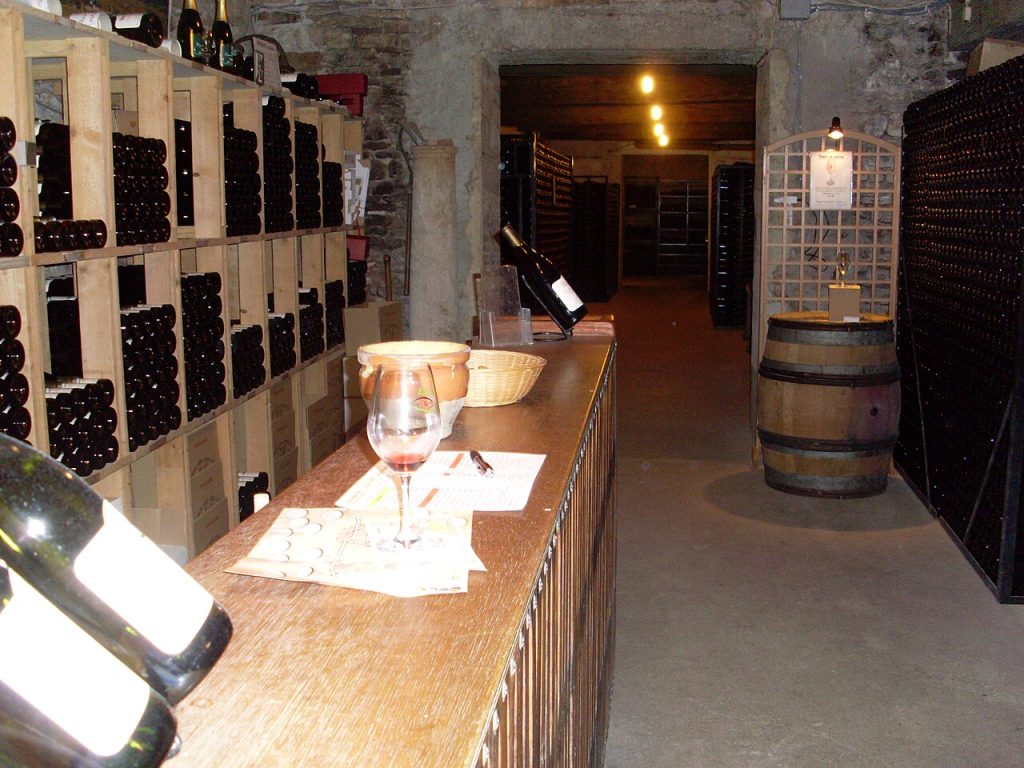
© Karen, licensed under the Creative Commons Attribution 2.0 Generic license
2. Tasting Wine in a Hidden Cave in Burgundy
Forget the big-name tasting rooms. In Burgundy, the best sips happen underground in centuries-old wine caves carved into limestone. Small producers often open their cellars to curious travelers. You’ll taste Pinot Noir or Chardonnay right where it’s aged, guided by the vintner themselves.
- Location: Beaune and surrounding villages
- Admission Fee: Often free or €10–€20 for a full tasting
- Opening Hours: Usually 10am–6pm; smaller domaines may close midday
- Best for: Culture seekers, couples, wine lovers
- Insider Tips:
- Ask your hotel for “off-the-record” tastings. Locals often have a cousin or neighbor who’ll welcome you without a sign.
- Head to Domaine Debray or Domaine Besancenot: low-key but full of heart.
- Always say “bonjour” first, it opens doors, smiles, and wine barrels.
3. Sleeping in a Castle in the Loire Valley
The Loire Valley is dotted with châteaux, but few travelers know they can actually stay in one, without a five-star budget. Several historic estates now operate as boutique B&Bs or charming guesthouses. It’s the easiest way to feel like royalty… for a night or two.
- Location: Loire Valley (Chinon, Amboise, Azay-le-Rideau)
- Admission Fee: Stays range from €120–€250/night
- Opening Hours: Book ahead, especially in summer
- Best for: Couples, families, romantic travelers
- Insider Tips:
- Try Château de Nazelles, a 16th-century manor with vineyard views and homemade breakfast.
- Some château stays include bikes, perfect for scenic vineyard routes.
- Ask about dining options nearby. Many are tucked away, so dinner needs planning.

© Fab5669, licensed under the Creative Commons Attribution-Share Alike 4.0 International license
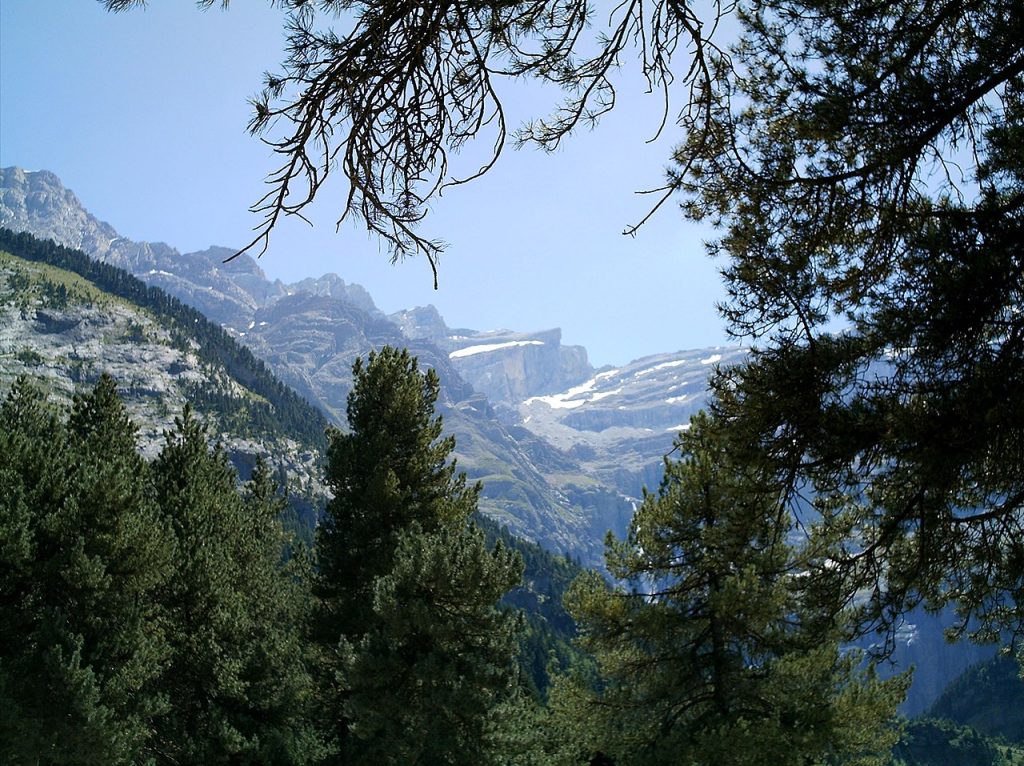
© Numéro 1963, licensed under the Creative Commons Attribution-Share Alike 3.0 Unported, 2.5 Generic, 2.0 Generic and 1.0 Generic license
4. Hiking the Cirque de Gavarnie in the Pyrenees
A natural amphitheater carved by glaciers, the Cirque de Gavarnie is one of France’s most stunning hikes. Think towering cliffs, waterfalls plunging 400m, and wildflower meadows. It’s like walking into a painting — and no filter is needed.
- Location: Hautes-Pyrénées, Occitanie region
- Admission Fee: Free
- Opening Hours: Trails open year-round, but best from May to October
- Best for: Nature lovers, families, photographers
- Insider Tips:
- Start your hike early to enjoy silence — and beat afternoon clouds.
- Stay overnight in the tiny village of Gavarnie for alpine charm and unbeatable views.
- Bring your own snacks — cafés are few, and nature is the real feast.
5. Experiencing the Magic of Strasbourg’s Christmas Market
Strasbourg doesn’t just host a Christmas market, it becomes one. The scent of cinnamon and mulled wine floats through the air, timber houses wear lights like jewelry, and every square feels like a scene from a fairy tale. It’s one of Europe’s oldest (since 1570!) and most atmospheric holiday traditions.
- Location: Strasbourg, Alsace
- Admission Fee: Free
- Opening Hours: Late November to Dec 24, usually 11am–8pm (later on weekends)
- Best for: Romantics, families, festive travelers
- Insider Tips:
- Skip Saturdays if you hate crowds. Weekday mornings are quieter and more magical.
- For a quieter market, hop to Colmar: smaller but possibly even more beautiful.
- Try bredele cookies and vin chaud blanc (white mulled wine), some of the Alsatian specialties you won’t find elsewhere.
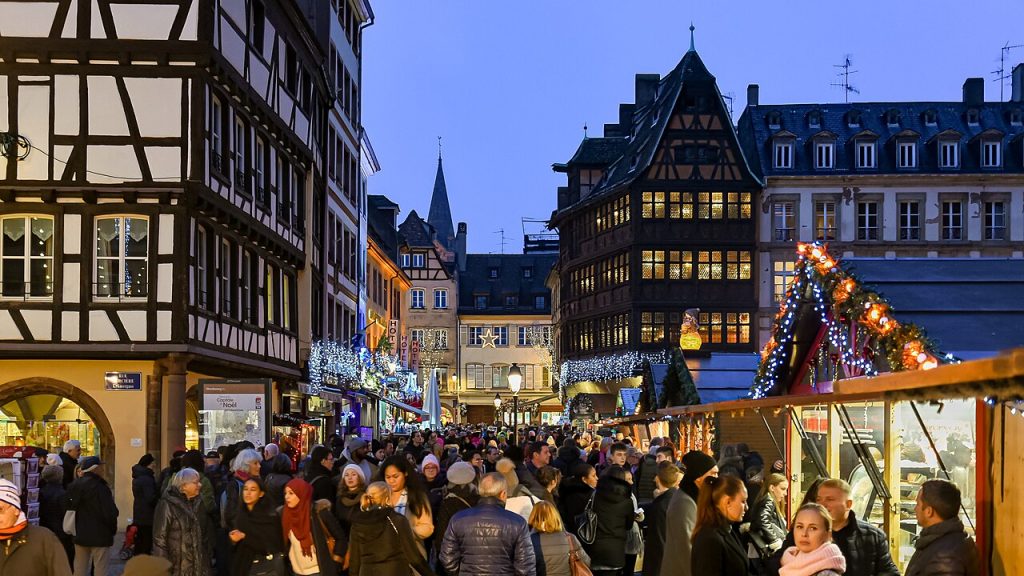
© Jorge Franganillo, licensed under the Creative Commons Attribution 2.0 Generic license
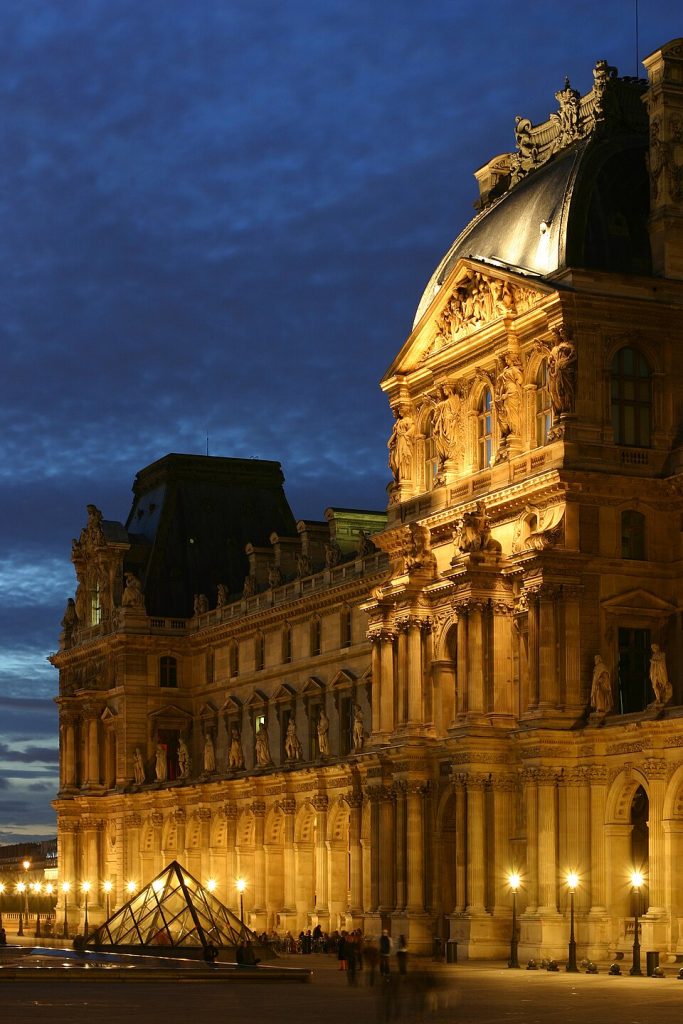
© User:Gloumouth1, licensed under the Creative Commons Attribution-Share Alike 3.0 Unported license
6. Getting Lost in the Louvre Without a Plan
Yes, the Louvre is enormous. Yes, it’s usually crowded. But if you ditch the checklist and wander without an agenda, it becomes something else: an unexpected maze of masterpieces, hidden corners, and quiet galleries. Don’t just chase the Mona Lisa. Let yourself be surprised by what you stumble upon.
- Location: Paris, 1st arrondissement
- Admission Fee: €17 online / free for EU residents under 26
- Opening Hours: Wed–Mon, 9am–6pm (open late on Fridays until 9:45pm)
- Best for: Culture seekers, first-timers, solo travelers
- Insider Tips:
- Enter via the Carrousel du Louvre underground mall: shorter lines, shelter from rain.
- Go late on Friday evening: fewer people, and the atmosphere feels more intimate.
- Don’t skip the Islamic Art wing. It’s modern, luminous, and often overlooked.
7. Cruising the Canal du Midi by Bike or Boat
The Canal du Midi winds through the sunny south of France, passing vineyards, sleepy villages, and plane trees that stretch out like green cathedrals. You can cycle beside it for a day or a week or rent a slow-moving boat and take your time drifting through the Occitanie countryside.
- Location: From Toulouse to Sète (Languedoc/Occitanie)
- Admission Fee: Free to bike / Boat rentals from €80 per day
- Opening Hours: Year-round; best April–October
- Best for: Slow travelers, families, nature lovers
- Insider Tips:
- Base yourself in Castelnaudary, it’s smaller than Toulouse, big on charm and cassoulet.
- Book your boat rental early for summer weekends. Spots fill fast.
- Pack a picnic and stop anywhere along the towpath. Locals often tie up just to nap under the trees.
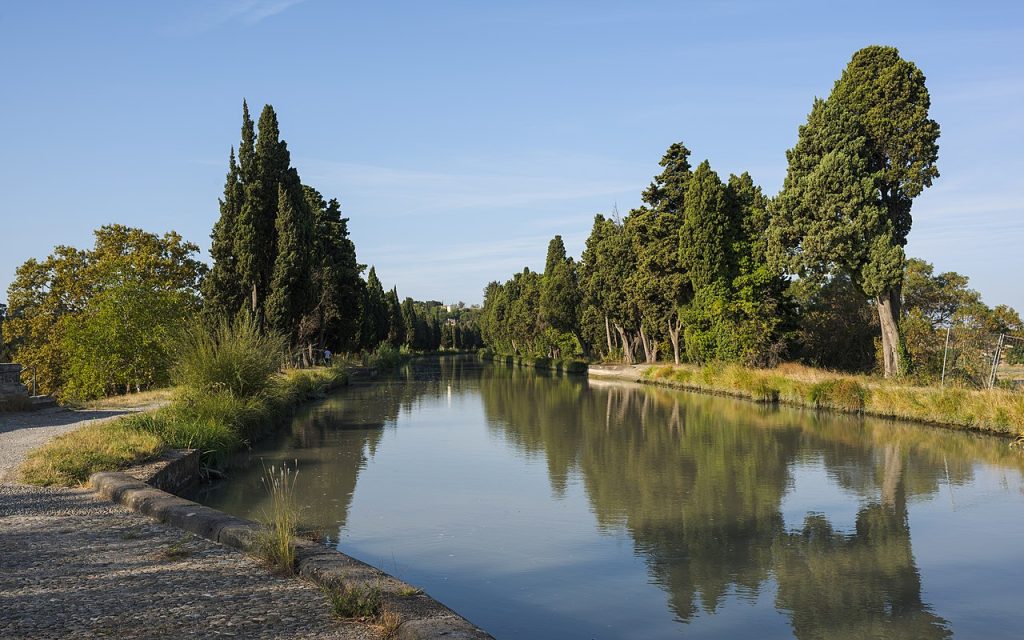
© Christian Ferrer, licensed under the Creative Commons Attribution-Share Alike 4.0 International license
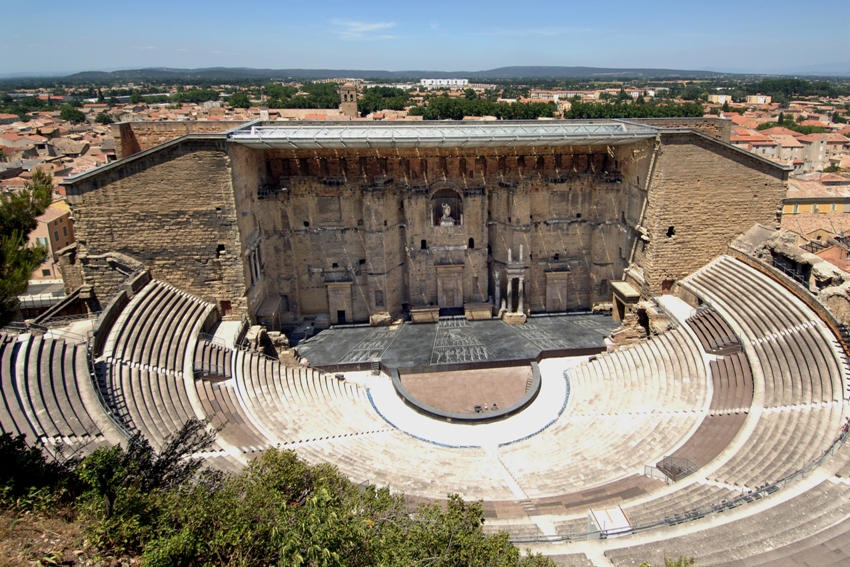
© Gromelle Grand Angle, licensed under the Creative Commons Attribution-Share Alike 3.0 Unported license
8. Seeing a Play at the Roman Theatre of Orange
Step into the past and be part of the show. The Roman Theatre in Orange is one of the best-preserved ancient theatres in the world, and yes, it still hosts performances. From opera to rock concerts, the atmosphere is spine-tingling, especially when the sun sets behind the stone stage wall.
- Location: Orange, Provence
- Admission Fee: €11–€14 for visits; higher for performances
- Opening Hours: Daily, 9am–6pm (summer till 7pm)
- Best for: History buffs, culture seekers, night owls
- Insider Tips:
- Go for a summer evening show! It’s theatrical magic under the stars.
- If you visit during the day, download the app for an excellent self-guided tour.
- Combine it with a trip to nearby Châteauneuf-du-Pape. Wine and history make a perfect pair.
9. Swimming in the Calanques Between Marseille and Cassis
The Calanques are narrow inlets framed by white cliffs and filled with electric-blue water. You can hike to them, kayak into them, or take a boat but the real joy is swimming in their hidden coves. Bring sturdy shoes, a towel, and zero expectations. You’ll come back salty, sun-kissed, and in love.
- Location: Between Marseille and Cassis, Provence
- Admission Fee: Free (boat tours around €25–€35)
- Opening Hours: Year-round but trails may close during summer fire risk (check daily updates)
- Best for: Adventurers, beach lovers, photographers
- Insider Tips:
- Hike to Calanque d’En-Vau early. It’s the most stunning, but gets crowded fast.
- Bring everything you need: no shops, no toilets, just nature.
- For an easier route, kayak from Cassis. The views are unbeatable and it’s beginner-friendly.
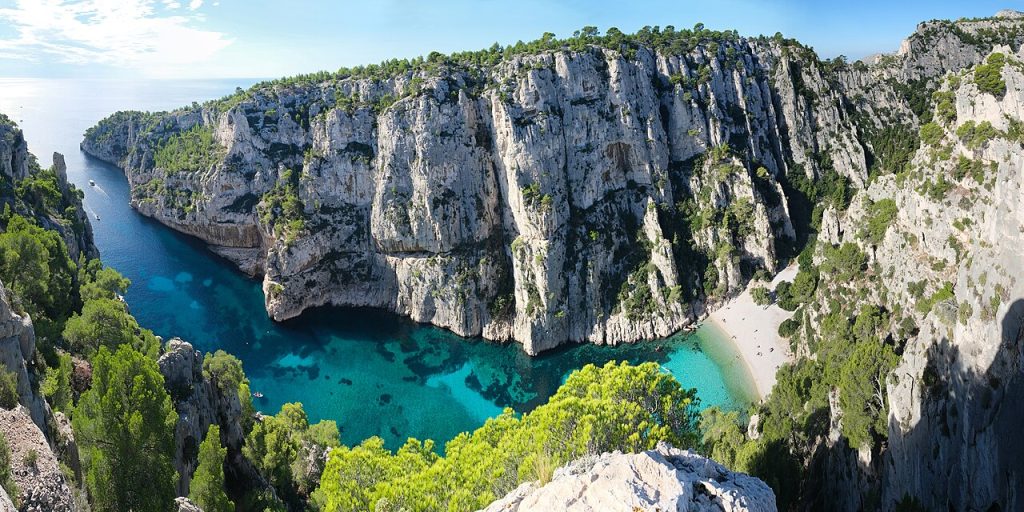
© kallerna, licensed under the Creative Commons Attribution-Share Alike 4.0 International license
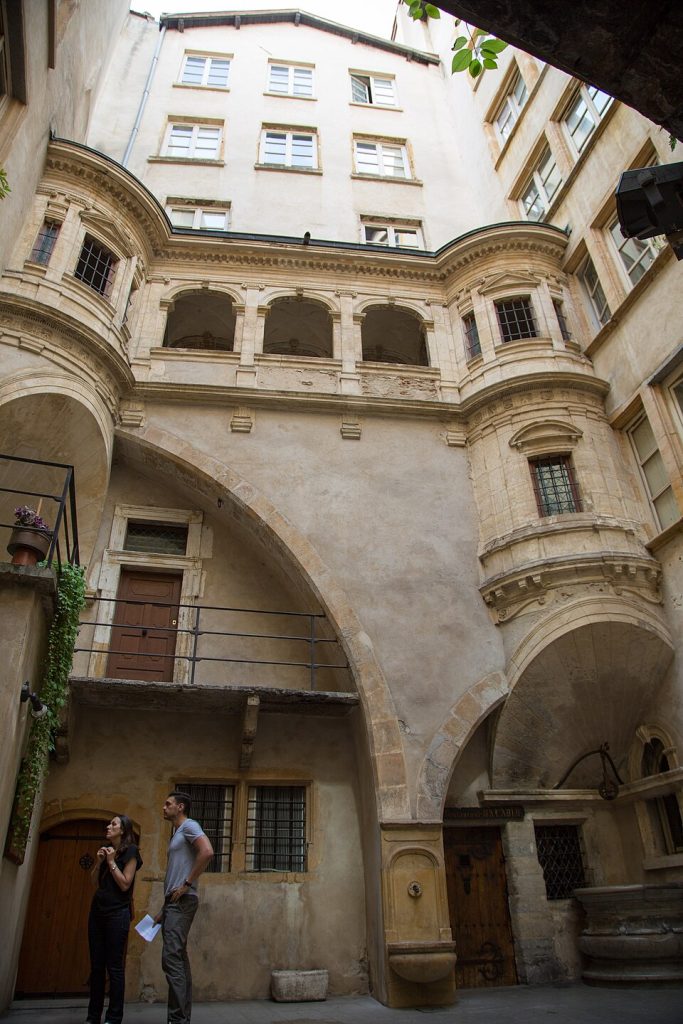
© Victor Grigas, licensed under the Creative Commons Attribution-Share Alike 4.0 International license
10. Eating Your Way Through Lyon’s Secret Passages
Lyon is often called France’s food capital, but what makes it truly unique are its traboules, secret Renaissance passageways that twist through old buildings in the Croix-Rousse and Vieux Lyon districts. Many are hidden behind wooden doors or courtyards, and locals use them like shortcuts. Add bouchons (cozy local eateries) to the mix, and you’ve got a delicious adventure wrapped in history.
- Location: Lyon, Rhône-Alpes
- Admission Fee: Free
- Opening Hours: Vary — best explored during daylight
- Best for: Foodies, architecture lovers, curious wanderers
- Insider Tips:
- Start with Traboule 54 rue Saint-Jean, one of the longest, and easy to find.
- Don’t miss Chez Hugon or Le Garet for traditional bouchon food (think quenelles, andouillette, and local wine).
- Join a guided walk if you’re short on time. Locals know hidden traboules most visitors miss.
11. Strolling the Cliffside Village of Rocamadour
Perched impossibly on a limestone cliff, Rocamadour is one of those places that makes you stop and stare. Pilgrims have climbed its steps for centuries to reach the sanctuary, but even if you’re not religious, the atmosphere is awe-inspiring. At golden hour, the entire village glows. At night, it’s lit like a film set.
- Location: Lot, Occitanie
- Admission Fee: Village is free / €2–€4 for specific sites like the Château
- Opening Hours: Best visited 9am–6pm; quietest in the early morning
- Best for: Culture lovers, romantic travelers, photographers
- Insider Tips:
- Take the Chemin de Croix walking trail. Spiritual or not, the views are fantastic.
- Stay overnight. Tour buses leave by 5pm, and the village becomes magical after dark.
- Try cabécou cheese from local farm stands: fresh, creamy, and unique to the region.
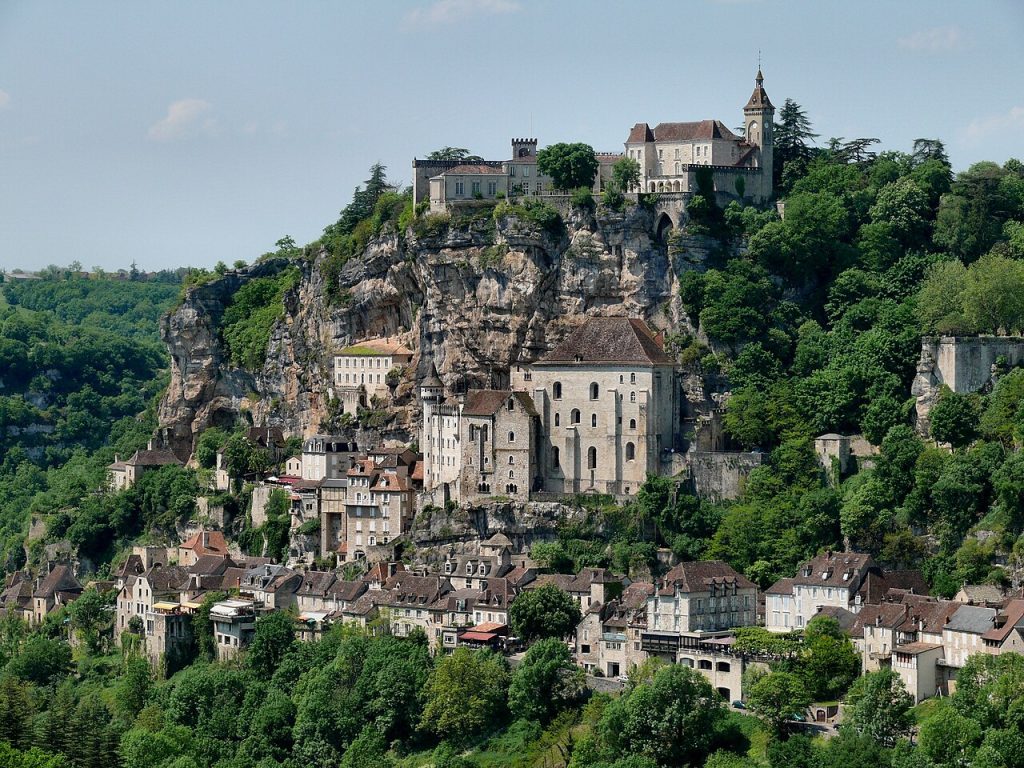
© Dynamosquito, licensed under the Creative Commons Attribution-Share Alike 2.0 Generic license
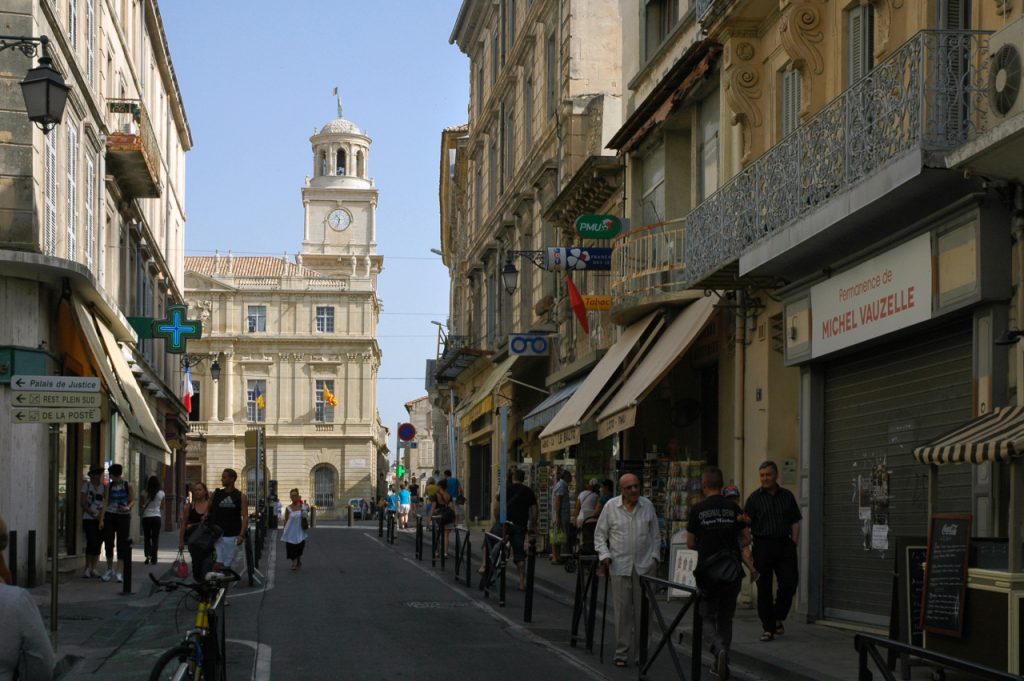
© DimiTalen, licensed under the Creative Commons CC0 1.0 Universal Public Domain Dedication
12. Walking in Van Gogh’s Footsteps in Arles
Arles isn’t just about Roman ruins, it’s where Van Gogh painted some of his most famous works. You can follow in his footsteps via the Van Gogh Trail, stopping at real-life spots featured in his paintings. The light here really is different: soft, golden, almost alive.
- Location: Arles, Provence
- Admission Fee: Trail is free / museums €6–€12
- Opening Hours: Best from spring to early fall
- Best for: Art lovers, slow travelers, solo wanderers
- Insider Tips:
- Don’t miss the Fondation Vincent van Gogh: a modern gallery that honors his legacy without being stuffy.
- Visit the Espace Van Gogh, once the hospital where he stayed. The courtyard is full of sunflowers in summer.
- Local tip: try the Saturday market. It’s one of Provence’s largest and most authentic.
13. Oyster Tasting in Arcachon Bay
Just an hour from Bordeaux, the Arcachon Bay is oyster country. Head to a tiny cabane (oyster shack) in villages like Le Canon or L’Herbe, where the oysters come fresh from the water to your plate, often with nothing more than a wedge of lemon and a glass of crisp white wine. Sea breeze included.
- Location: Bassin d’Arcachon, Nouvelle-Aquitaine
- Admission Fee: Free to wander / tastings €6–€15
- Opening Hours: Best March to October; peak in summer
- Best for: Foodies, couples, off-the-beaten-path seekers
- Insider Tips:
- Look for handwritten signs and no-frills seating, that’s where the locals go.
- Skip lunch in town and eat at the oyster ports. Better views, better flavors, better prices.
- For a side adventure, climb Dune du Pilat, Europe’s tallest sand dune nearby.
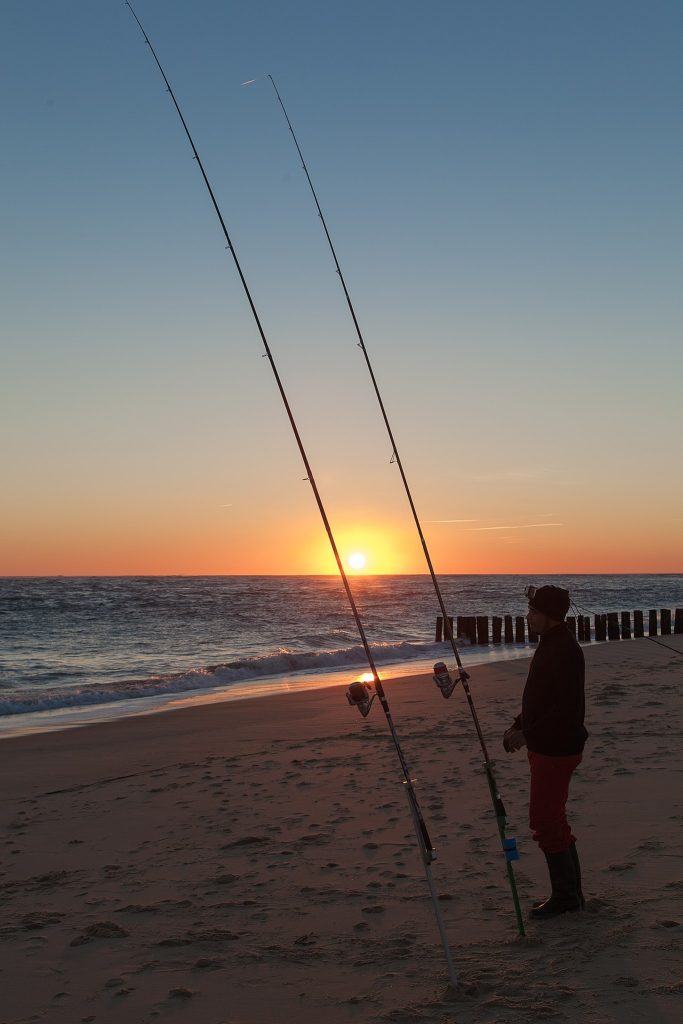
© Grand Parc – Bordeaux, France, licensed under the Creative Commons Attribution 2.0 Generic license
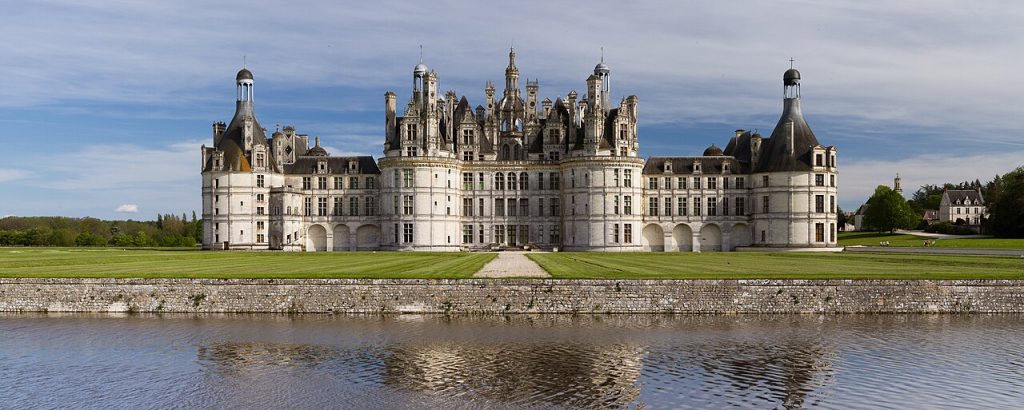
© Benh LIEU SONG, licensed under the Creative Commons Attribution-Share Alike 3.0 Unported license
14. Exploring the Château de Chambord by Bike
The Château de Chambord looks like it belongs in a fantasy novel: all towers, turrets, and tangled staircases. But what most people miss is the vast forest and parkland that surrounds it. Rent a bike and explore the grounds at your own pace. Deer sightings? Totally possible.
- Location: Chambord, Loire Valley
- Admission Fee: €14–€16 (grounds and castle) / Bike rentals from €10
- Opening Hours: Daily, 9am–5/6pm depending on season
- Best for: Families, couples, architecture fans
- Insider Tips:
- Rent your bike early! Stock runs low in summer afternoons.
- Climb the double-helix staircase inside the château, designed (possibly) by Leonardo da Vinci.
- Skip the guided tour and get the app. It’s well done, and lets you explore freely.
15. Dancing at a Village Festival You Didn’t Plan For
Sometimes, the best experiences in France aren’t on the itinerary. In summer, nearly every village has a fête: music, dancing, local food, and everyone from toddlers to grandmas out on the town square. You might be the only tourist there, but you’ll be welcomed like family. Just follow the accordion.
- Location: Everywhere (best in rural France from June–September)
- Admission Fee: Usually free; food stalls and drinks extra
- Opening Hours: Evenings, often 7pm until midnight or later
- Best for: Adventurers, families, spontaneous travelers
- Insider Tips:
- Ask at your guesthouse or tourist office if there’s a fête nearby. They’re rarely advertised online.
- Bring cash, many stalls don’t take cards.
- Try local specialties like aligot (cheesy mashed potatoes) or crêpes flambées, depends on the region.
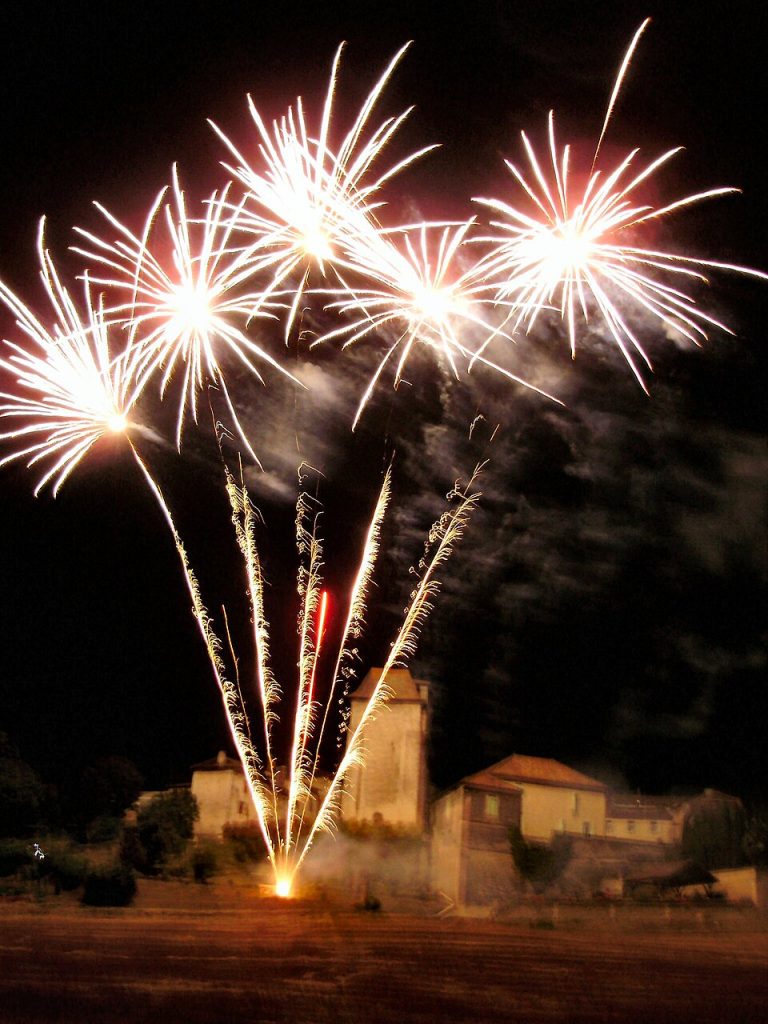
© Chiswick Chap, licensed under the Creative Commons Attribution-Share Alike 3.0 Unported license
